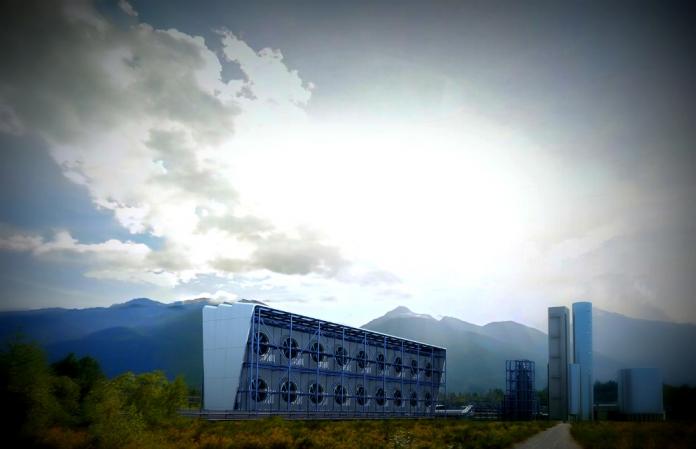The world’s top energy body has come under fire from leading investors and scientists who say that its energy forecasts are not in line with the latest climate science, and could contribute to higher levels of carbon dioxide emissions.
In a letter to the International Energy Agency seen by the Financial Times, businesses including Hermes Investment Management, Allianz Group and Legal & General Investment Management have asked the IEA to develop a new model with lower emissions that would line up with 1.5C of warming.
The IEA’s benchmark annual World Energy Outlook is considered the definitive assessment of the energy sector, but critics say its models do not go far enough in mapping the deep cuts in carbon emissions needed to limit the worst climate impacts, and are too fossil-fuel friendly as a result.
“Without the inclusion of a central and realistic 1.5C scenario going forward, the World Energy Outlook would abdicate its responsibility to continue to chart the boundaries of the path of the global energy sector,” the letter warned.
Under the 2015 Paris deal, nearly 200 countries agreed to limit the global temperature rise to well below 2C while pursing efforts to keep it to less than 1.5C.
The global energy body, which was founded in 1974 to ensure the energy security of its members, including big consumer nations such as the US, produces a range of energy scenarios that are considered the gold standard for policy planning. Many asset managers also rely on these scenarios as they try to bring their portfolios in line with climate goals.
“The IEA scenarios that could be used as a centralised benchmark are not really fit for purpose,” said Ingrid Holmes, head of policy at Hermes, which has £33.5bn of assets under management. “What we have seen over the last couple of years is, as the climate crisis becomes more urgent, the credibility of the scenarios from the IEA has been reduced.
“From a company’s perspective, at worst these scenarios could be used as a fig leaf for inaction,” she added. “From a government perspective, one of the risks is complacency.”
The IEA has varying models that are used by the world’s biggest energy companies, governments, banks and investors to plan their businesses and policies.
The energy body said the scenarios in its World Energy Outlook — which include a central “new policies scenario”, a “sustainable development scenario”, and a “current policies scenario” — are hypothetical models, rather than predictions of the future.
In response to the letter, Fatih Birol, IEA executive director, said the central scenario was “a mirror” that reflected policymakers’ decisions.
“Our latest energy demand and emissions data for 2018 show that the world in which we live in is unfortunately in line with the new policies scenario, as emissions continue to increase. Highlighting the reality of the established trajectory is of cardinal importance,” he wrote.
“The World Energy Outlook has been, and remains, at the forefront of global efforts to combat climate change,” he added, pointing out that the sustainable development scenario was in line with the goals of the Paris accord.
Several of the world’s top climate scientists were also signatories to the letter, which called on the IEA to publish another scenario, one that has a two-thirds probability of limiting warming to 1.5C.
“By not providing more ambitious scenarios, it makes it much harder for those stakeholders to set more ambitious targets, or targets which would be consistent with limiting to 1.5C,” said Joeri Rogelj, a lecturer at Imperial College London and a lead author of the UN’s annual emissions report.
Currently, the IEA’s most ambitious model, the sustainable development scenario, includes a level of carbon dioxide emissions that implies a 50 per cent chance of limiting global warming to 1.7C, compared to pre-industrial times. Its new policies scenario implies between 2.7C to 3C of warming.
“Given the influence of the World Energy Outlook and its currently central new policies scenario, it is no surprise that the current national commitments to reduce emissions under the Paris Agreement would track us on to an unacceptable warming pathway,” the letter said.
Copyright The Financial Times Limited . All rights reserved. Please don’t copy articles from FT.com and redistribute by email or post to the web.



